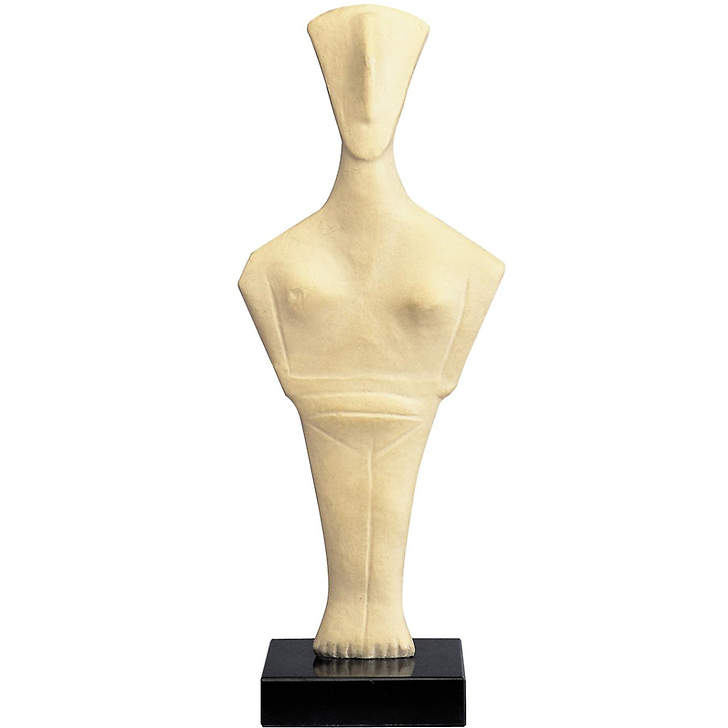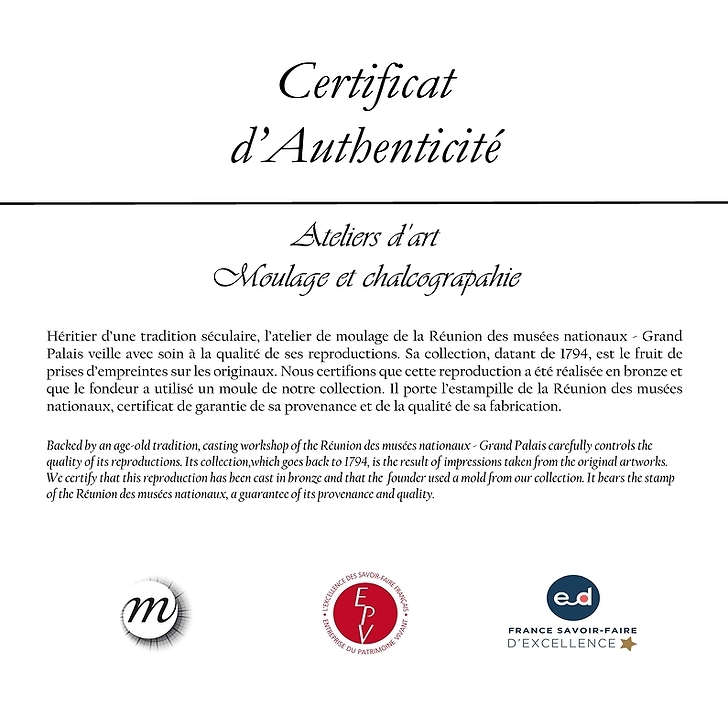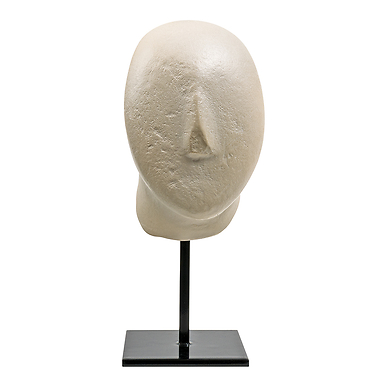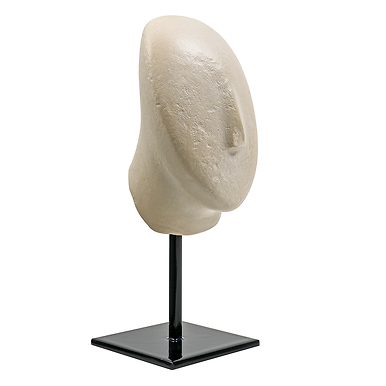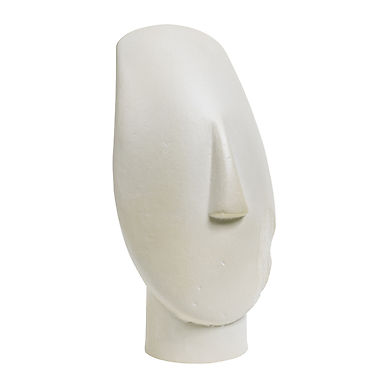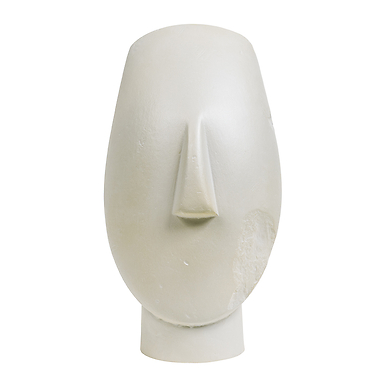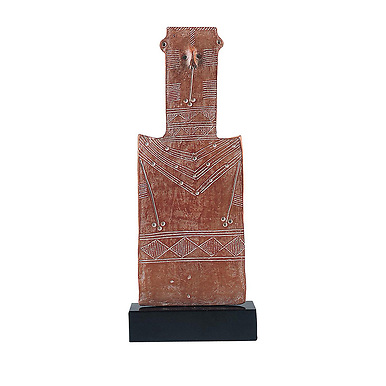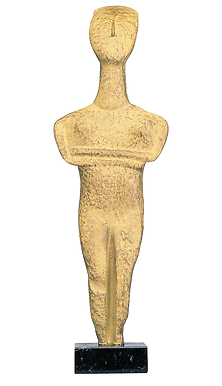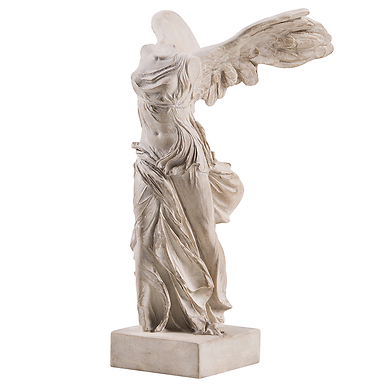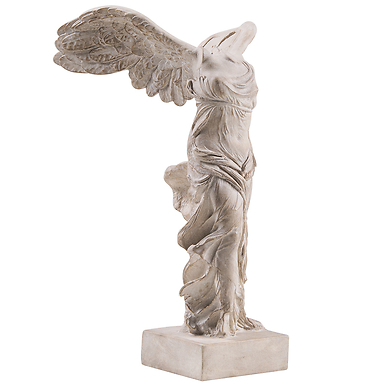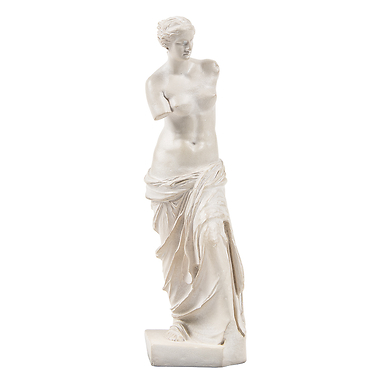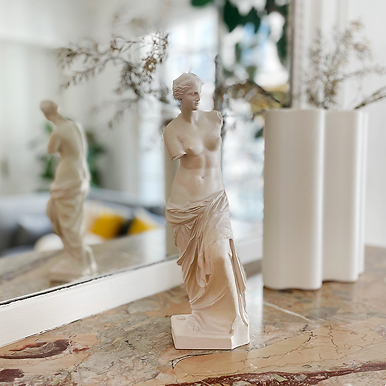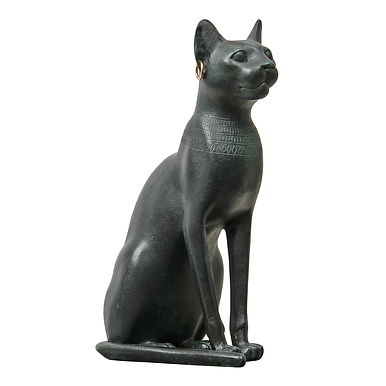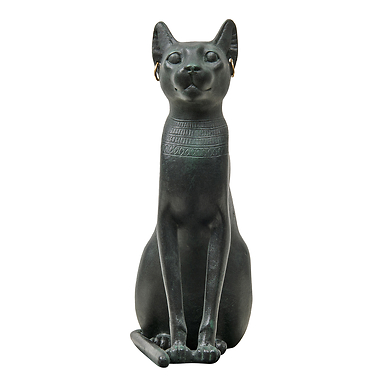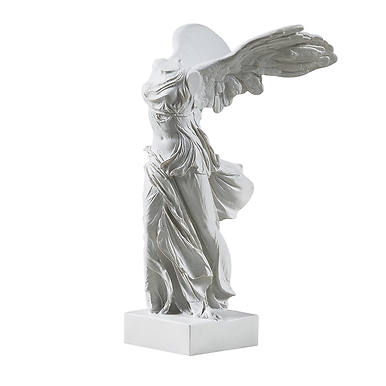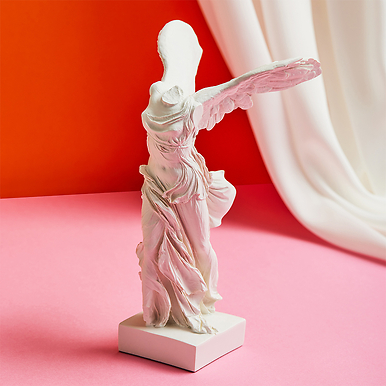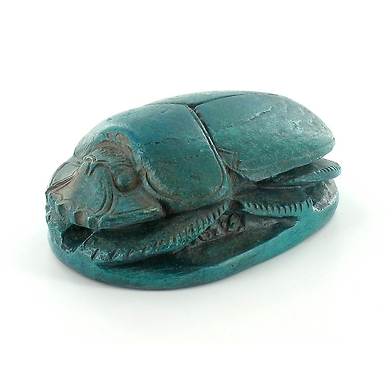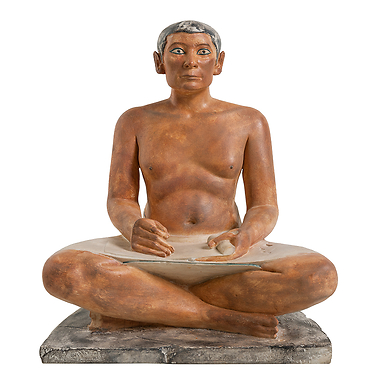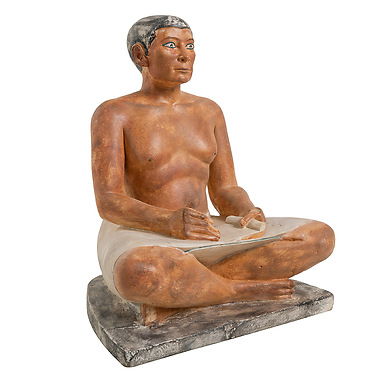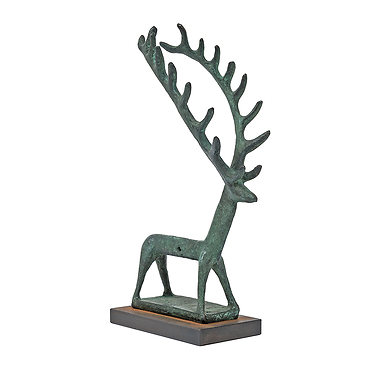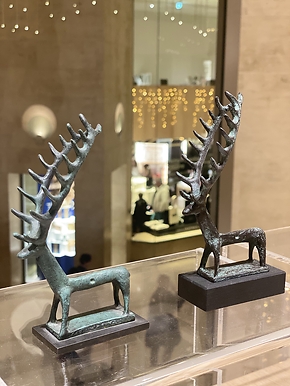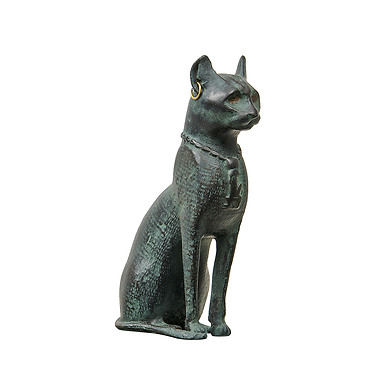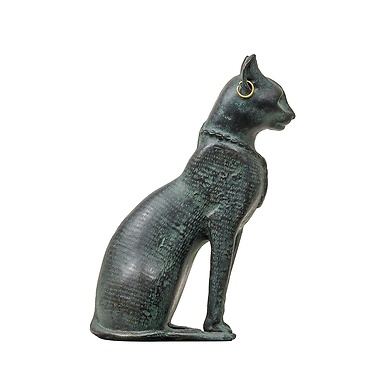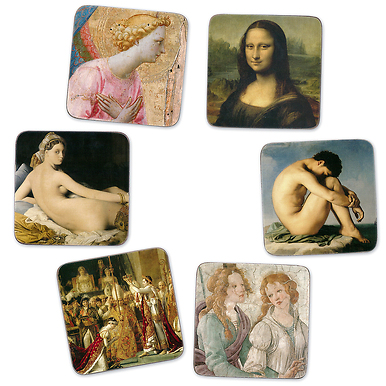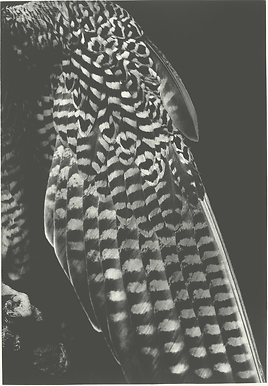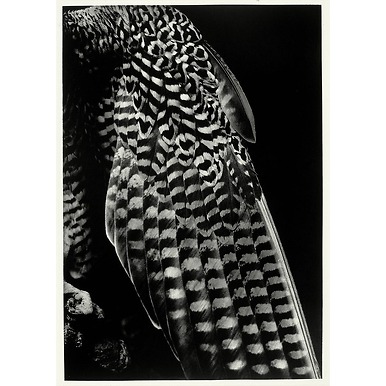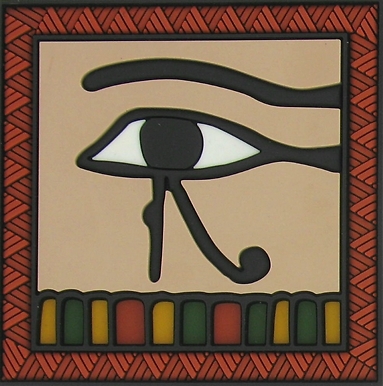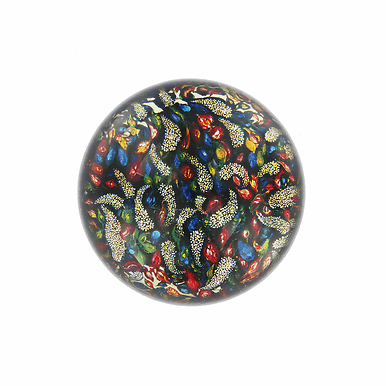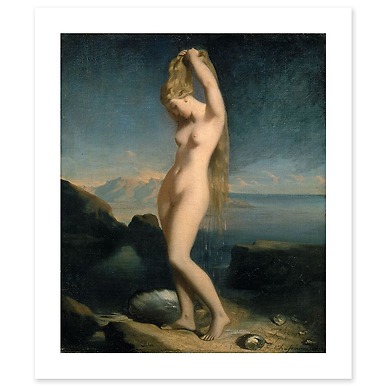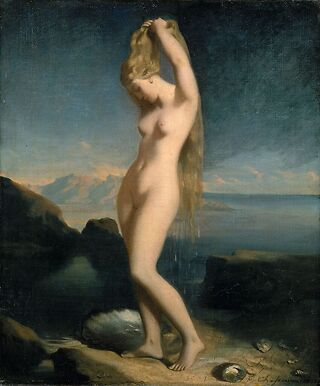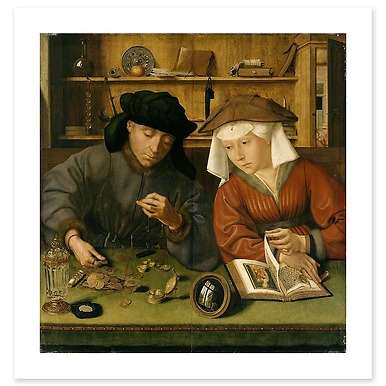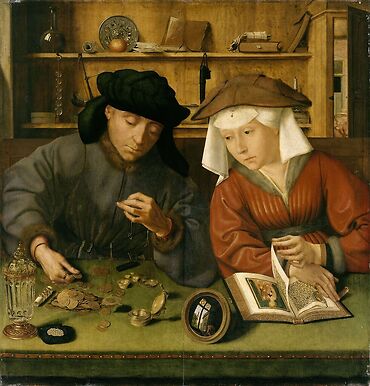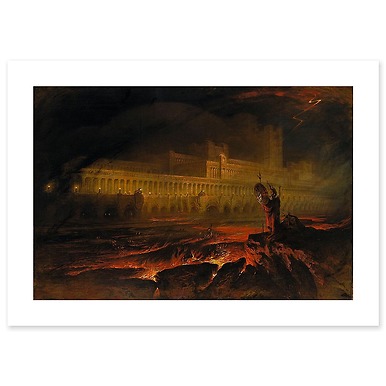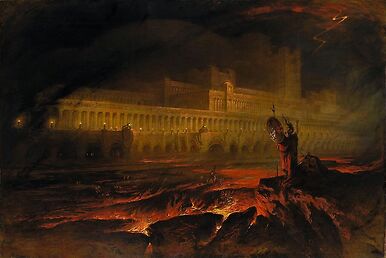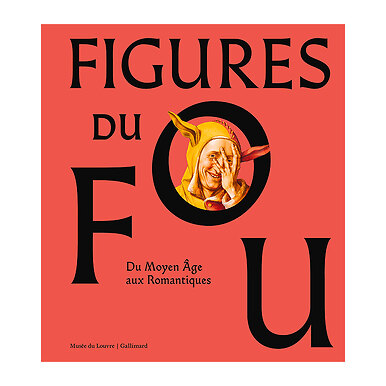Sculpture Little Idol
RB002019
Reproduction patinated by hand on marble base. Mold made from an imprint of the original work.
This statuette of a nude woman, standing on tiptoe, in a frontal position, arms crossed over her body, is the reproduction of an original in marble from Naxos, one of the islands of the Cyclades. This statuette...
Read more
Reproduction patinated by hand on marble base. Mold made from an imprint of the original work.
This statuette of a nude woman, standing on tiptoe, in a frontal position, arms crossed over her body, is the reproduction of an original in marble from Naxos, one of the islands of the Cyclades. This statuette is typical of the artistic production of these islands during the prehistoric period of the Early Bronze Age (3200-2000 B.C.). Thanks to their geographic position, between Anatolia and the Greek continent, the Cyclades were instrumental in circulating technical innovations from one region to another, and thus provided fertile ground for their art to flourish during a certain period. Contrary to the naturalism of the Neolithic Age, the artists of these islands created a geometric art. Their marble idols are probably the most perfect form of this type of art, dominated by abstraction, harmonious proportions, and pure volumes and lines.
This long period, stretching over twelve centuries, went through different stages of development, creating different "cultures", each designated by the name of the sites that were the most active centres of production. The head and general shape of this flat and angular figure form a triangle. Only the nose and breasts are modelled, while the arms and legs are indicated by simple incisions. This statuette can be classified under the Chalandriani type (the site of Syros), probably a late variety of the Keros-Syros Culture (2700-2300 B.C.). These idols have been the object of such in-depth studies that it is now possible to identify the workshops and even the hands of the "masters". Their meaning, on the other hand, continues to be an enigma. Different theories have been put forward, only to be rejected. They may be images of the Mother Goddess or the guardian of the dead, or perhaps effigies of the deceased, etc. However, these statuettes were probably not intended for funerary purposes alone since they were not all found in tombs, and some of them bear traces of ancient repairs that could imply prolonged use.
Close
Sold by GrandPalaisRmn

